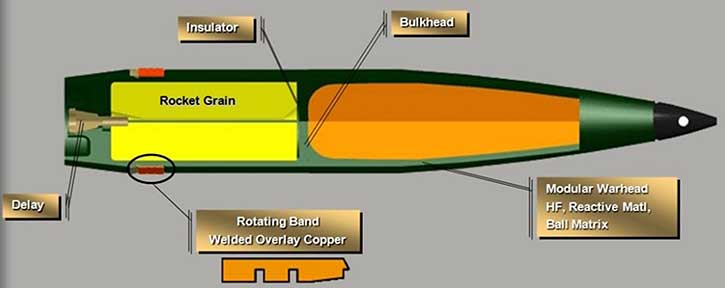The Role of Projectiles in Modern Military Defense Systems

The Unseen Guardians: Projectiles in Modern Military Defense Systems
The modern battlefield is a complex tapestry woven with technological advancements, strategic maneuvers, and the ever-present threat of enemy action. While the focus often falls on sophisticated radar systems, cyber warfare, and drone technology, the humble projectile remains a cornerstone of military defense, quietly playing a crucial, often unseen, role in safeguarding nations. Far from the relic of past conflicts, projectiles continue to evolve, adapting to modern threats and demanding battlefield conditions. This article delves into the multifaceted role of projectiles in contemporary military defense systems.
Beyond the Cannonball: A Modern Arsenal
The image of a cannonball hurtling through the air is a stark contrast to the reality of today’s projectile technology. Modern military defense systems utilize a diverse array of projectiles, each designed for a specific purpose and optimized for maximum effectiveness. These range from the relatively simple, yet highly effective, small arms ammunition to the technologically advanced guided missiles and smart bombs.
Categorizing the Arsenal: Types and Applications
We can broadly categorize modern military projectiles into several key groups:
| Projectile Type | Key Characteristics | Primary Applications |
|---|---|---|
| Small Arms Ammunition | High velocity, diverse calibers, varying lethality | Close-quarters combat, infantry engagements |
| Artillery Shells | High explosive, fragmentation, guided variants | Long-range bombardment, area suppression |
| Mortar Rounds | High-angle trajectory, area saturation | Indirect fire support, trench warfare |
| Rockets | High velocity, unguided or guided, various warheads | Area denial, anti-tank, anti-aircraft |
| Guided Missiles | Precision-guided, various ranges, sophisticated guidance | Long-range strikes, surgical attacks, anti-ship warfare |
| Smart Bombs | GPS or laser-guided, pinpoint accuracy | Precise target destruction, minimizing collateral damage |
The Evolution of Precision: The shift towards precision-guided munitions (PGMs) marks a paradigm shift in projectile technology. These smart projectiles employ advanced guidance systems, such as GPS, laser, and inertial navigation, allowing for pinpoint accuracy and minimizing civilian casualties. This represents a major ethical and tactical advantage in modern warfare.
Beyond Lethality: The Expanding Role of Projectiles
The role of projectiles extends beyond simply causing destruction. Modern projectiles are increasingly used for a wider range of defensive applications:
-
Air Defense: Projectiles form a crucial component of air defense systems, intercepting incoming aircraft, missiles, and drones. Advanced anti-aircraft missiles, some guided by radar and infrared sensors, play a vital role in protecting critical infrastructure and military assets.
-
Electronic Warfare: Certain projectiles incorporate electronic warfare (EW) capabilities, disrupting enemy communications, radar systems, and other electronic equipment.
-
Countermeasures: Projectiles are also used as countermeasures against incoming threats. For example, chaff and flares can be deployed to confuse enemy targeting systems.
-
Intelligence Gathering: Some projectiles are equipped with sensors capable of gathering intelligence during flight, providing valuable real-time data to ground forces.
The Future of Projectiles: Innovation and Adaptation
The future of projectiles is likely to be shaped by ongoing technological advancements. We can expect to see:
-
Increased Precision: Further refinement of guidance systems and the development of new sensor technologies will enhance accuracy and effectiveness.
-
Enhanced Lethality: Research into new explosives and warhead designs will continue to improve the destructive power of projectiles.
-
Autonomous Systems: The integration of artificial intelligence and autonomous control systems will enable greater independence and adaptability in projectile systems.
-
Hypervelocity Projectiles: The development of projectiles capable of achieving hypersonic speeds will revolutionize military capabilities, offering unparalleled range and speed.
Conclusion:
From the seemingly simple bullet to the technologically sophisticated guided missile, projectiles remain a crucial component of modern military defense systems. Their continuous evolution, driven by technological innovation and the ever-changing dynamics of warfare, ensures their continued relevance and importance in safeguarding national security. The unseen guardians, constantly evolving, stand ready to protect.

